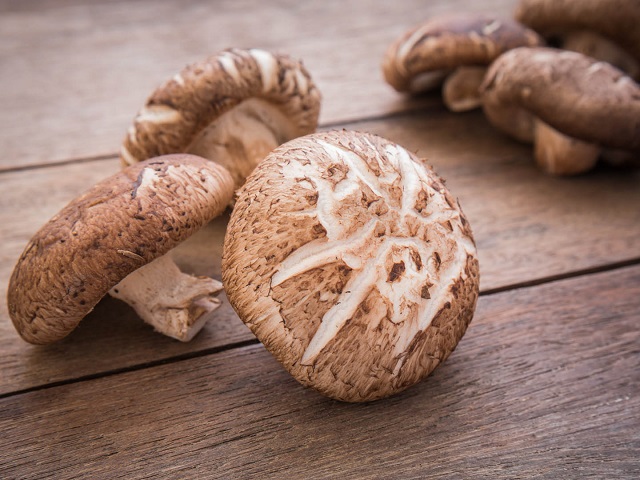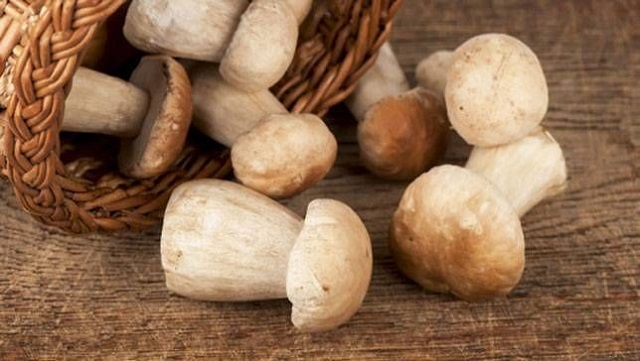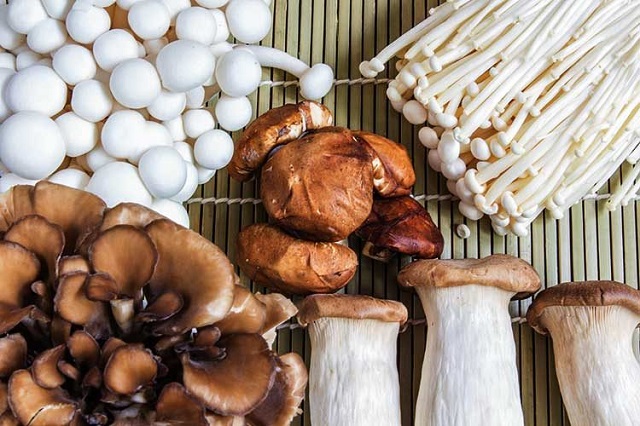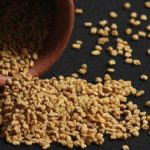Mushroom Nutritional Value
Contents
High Mushroom nutritional value besides from proteins and minerals provides taste and texture for our meals also.
Mushrooms are the fruiting bodies created by some fungi. Not all of the fruit bodies are actual mushrooms. Puffballs and models are safe to eat fruit bodies that are occasionally called “mushrooms.” The function of this observable part of some fungi is to create and separate the largest probable number of spores in the shortest possible time. Spores create new individuals after being passed away on the wind and landing in a good place for growth. True mushrooms usually look like umbrellas. They include a stalk topped by a flat or cup-shaped cap. Mushrooms spores are shaped on special cells called basidia, located on the bottom of the cap. The classes of fungi whose spores are formed by basidia are called Basidiomycetes.
Mushroom nutritional value

As far as Mushroom nutritional value is the concern it is low in Saturated Fat and Sodium, and very low in Cholesterol. It is also a good source of Dietary Fiber, Protein, Vitamin C, Folate, Iron, Zinc and Manganese, and a very good source of Vitamin B6, Vitamin D, Thiamin, Riboflavin, Niacin, Pantothenic Acid, Phosphorus, Potassium, Copper, and Selenium. The calories count in the 100g of mushrooms is 22.0 (92.1 kJ), 0.3 g fat and 3.1 g of protein.
Read More- Calories in Red Wine
Mushroom Nutrition cooked / boiled/ drained value

Mushroom Nutrition cooked/boiled/ drained are low in Saturated Fat, and very low in Cholesterol and Sodium. It is also a good source of Vitamin B6, Vitamin D, Thiamin, Folate and Magnesium, and a very good source of Dietary Fiber, Vitamin C, Riboflavin, Niacin, Pantothenic Acid, Iron, Phosphorus, Potassium, Zinc, Copper, Manganese, and Selenium. The calories count in 100 g of mushrooms is 28.0 (117 kJ), 0.5 g fat and 2.2 g of protein.
Read more – Peppermint Essential Oil Benefits
Check this video to know best health benefits of Mushrooms:
Mushroom types are-
For thousands of years, edible mushroom (fungi) has contributed to the variety of home cooking. There are about nine types of edible mushroom which are:

- Common/ white mushroom– The Common/White Mushroom is, in fact, a particular mushroom and not a general term. Its scientific name is AgaricusBisporus. It is named as common because it is the most commonly known and eaten mushroom across the world. It is also known as AgaricusBisporus in some part of the world.
- Chanterelle mushroom– It is most likely the best-known type of the mushroom known as Cantharellus. It is yellow or orange, meaty and funnel-shaped.
- Crimini mushroom– Cremini Mushrooms are truly the same species of mushroom as White Button Mushrooms (Agaricusbisporus). They are just a little different twist of that species, which builds up a thin layer of coffee-coloured cells on its cap. Crimini mushroom nutrition in every 100 g contains calories count of 27, 0.1 g fat and 2.5 g of protein.
- Shiitake mushroom– Shiitake is most popular and vital cultivated mushroom in Japan. After Agaricusbisporus, It is the 2nd largest mushroom cultivated in the world. In 1994, its yearly production was around 8,26,200 tons out of which 63,200 MT is produced in China only. Shiitake mushroom nutrition is high in calories which are 34 while 0.5 g fat and 2.2 g of protein.
- Oyster Mushroom– They are referred to as `Dhingri’ in India. The oyster mushroom is one of the most appropriate fungal organisms for creating protein rich food from a variety of agro wastes without composting.
- Enoki Mushroom– They are also known by the name golden needle mushroom or Lily mushroom. It is conventionally used for soups, but can also be used for salads and other dishes. The mushroom has a crisp touch and can be refrigerated for around one week.
- Portabella mushroom– Portabellas are harvested after 3 to 7 days than Crimini mushrooms. The name portabella was popularized in the 1980s to sell a then unspectacular mushroom. Because it is cropped later, the portabella can easily become 5 inches in diameter and is packed with intense flavor. Portabella mushroom nutrition contains calories count of 42.4, 0.9 g fats and 5.2 g of protein.
- Porcini mushroom– This monster mushroom weighed about 850 grams. Still very far off the newly found 3-kilo Polish porcini weight. It is cooked in the similar ways as other mushrooms.
- Morel mushroom-They is mainly cultivated where these highly prized fungi are found in abundance such as particular North America, Turkey, China, the Himalayas, India, and Pakistan.

We have also noticed from our whole discussion that Mushroom nutritional value changes with the change in places, variety, and weather; so make sure you do your research well.



